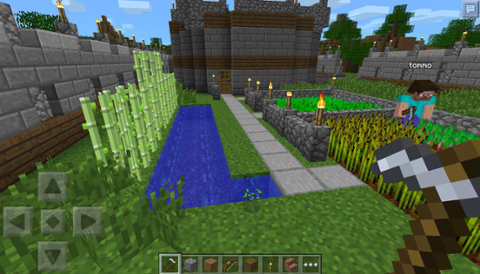[youtube=http://www.youtube.com/watch?v=3jmOj_sK4KQ&w=560&h=349]
Is hacking at risk? With more platforms creating closed environments, what does that mean for the future of hackability? Hacking is critical for innovation and development, and now that the world is made of computers (what device doesn’t have a chip in it?) hacking has the power to innovate practically everywhere and affect our lives. “I love to make things that help other people make things,” says Adam Wiggins (@hirodusk), founder of the cloud application platform Heroku and a self-proclaimed hacker and open source enthusiast. In his presentation Hackability: The Future of Programming in a Post-PC world at the Future Insights Live conference, Wiggins suggested that we look for inspiration in the Maker movement, which is enjoying the unfettered freedom to hack the physical world.Maker Movement: DIY Turned Up to 11
The Maker movement takes do-it-yourself projects and injects a lot of technology and inventiveness, often moving us from the digital to the physical world. For example, said Wiggins, you can start by creating a design using the open source rendering program Blender, whose main purpose is to output digital art. But it doesn’t have to stay in the digital. That Blender design can be connected to a 3-D printer, such as the MakerBot or RepRap, or a Computer Numerical Controlled (CNC) device that can transform that “only in the digital world” image into a physical object. Wiggins argued that while the digital world is getting less hackable as closed computing environments grow, the physical world is getting more hackable. The Maker movement is becoming more hackable and more accessible by anyone. Hoping that others will join him Wiggins calls out to fellow hackers, “Let’s shape a hackable future for computing.”Related Links
- The Maker Subculture [Wikipedia]

